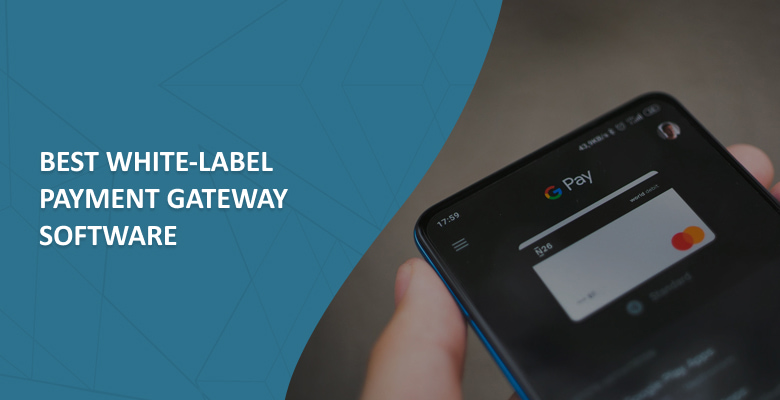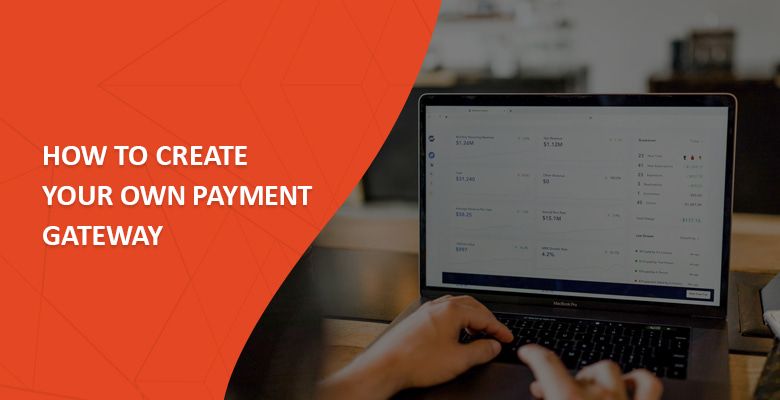
PayPal is one of the best-known online payment systems used by consumers and businesses for quick global transactions. With person-to-person (P2P) and account-to-account (A2A) money transfer becoming the new trend, many people are looking into creating platforms similar to PayPal, as the payment industry is a growing and profitable market. We will discuss how PayPal started, what made it so successful, and how to build a similar platform.
The Creation and Evolution of PayPal
The initial concept for PayPal was to create a new solution for banking and payments. Under a different name, they came up with the idea of digital wallets to assist merchants and consumers in making online purchases more convenient. Their goal was to convince users to share their email and banking information with them in return for fast and low-cost payments. PayPal blew up after signing on with eBay, which used the digital payment platform to make quick transactions instead of having customers mail checks, which was a long process with low security. Making payments digitally was more convenient, provided better protection, took less time, and didn’t require extra time for clearance. Targeting a specific issue in the market and providing quicker and safer payment processing is how PayPal grew from 10K users in 1999 to 5 million users in 2000. Today, PayPal is worth over $200 billion and owns other products like Venmo, Xoom, Honey, iZettle, Braintree, and more. After 23 years of existence, PayPal remains a market leader because of continuously evolving and updating its features to provide the newest solutions and tools to its customers.
What Makes PayPal a Leader in the Industry?
PayPal, as a platform, has always been about creating the most convenient payment solutions for its users. There is a low entrance barrier, meaning anyone can register for free with their existing bank account and take advantage of PayPal’s broad payment network. This process is much more convenient than opening an account at a traditional bank, as it requires more time to go to a physical branch and fill out the required paperwork.
Compared to some traditional banks, PayPal offers modest commission rates. In fact, fees are only charged in the cases of international transfers, using seller accounts, or making transactions through a debit or credit card. There are no extra fees for transactions while shopping or sending and receiving money using the PayPal balance or work account.
In addition to P2P transfers, PayPal can be used for shopping instead of inputting credit card information, which results in quicker and safer checkouts. Furthermore, PayPal is a payment option at certain physical stores and restaurants, which is convenient for faster checkouts and gives an advantage to the businesses over their competitors.
Businesses can further take advantage of PayPal with their merchant services, which help with organization, tracking orders, generating reports, and more. For just $30 per month, the Payments Pro account gives merchants access to tools that can form a solid foundation for their business and connections to PayPal’s partners that can help with scaling and management. Merchants can quickly and easily integrate PayPal’s partners such as Wix, BigCommerce, Squarespace, and Shopify to develop different business aspects, making PayPal a one-stop-shop solution for businesses worldwide.
While online shopping has become increasingly popular, payment security is as big of a concern as ever. PayPal addresses safety issues by being a mediator between buyers and sellers and adding another security layer to minimize discrepancies and prevent fraud. Encryption, fraud prevention, and address screening are some of the powerful security features that PayPal has to offer. Every PayPal transaction is encrypted using secure socket layer (SSL) protocol technology, and its anti-fraud technology makes it one of the best mobile payment apps.
The overall versatility of PayPal’s platform allows for improved functionality, accessibility, and user-friendliness. PayPal provides different features to ensure security and convenience, such as tracking transactions, barcode scanning, credit card readers, online invoicing, bill me later function, express checkout, and a mobile card reader. The platform is also PCI compliant and has robust KYC processes.
Current Statistics:
- 377 million active users in 2020
- $21.4 billion in revenue in 2020
- $4.2 billion profit in 2020
- 15.4 billion payment transactions in 2019
- 100+ currencies
- 200+ markets worldwide
Demand for Similar Platforms
People are increasingly choosing to use non-bank financial providers, such as PayPal, rather than traditional banks. This is because digital payment platforms offer functionality that isn’t typically supported by banks. For example, traditional banks rely on physical branches for opening accounts, making transfers, or any service requests, which can restrict specific demographics due to extra costs, inaccessible branch locations, travel times, etc. On the contrary, digital payment providers offer incomparable convenience and transparency. Users can access and manage their money whenever and wherever they want, as long as they have a smartphone. Such platforms also enable free P2P or A2A money transfers. In cases with extra costs, the low and transparent fees are easy to understand and help customers choose the best options from vast financial networks. Furthermore, digital providers are also more convenient and cost-effective when it comes to quick loan approvals and business management tools.
Traditional providers cannot regularly update their functionality due to closed legacy systems that require lots of time and resources to upgrade. On the other hand, modern payment platforms can update or implement new features much quicker and easier. The ability to innovate the industry can improve people’s quality of life. As the world keeps shifting to online shopping and advertising, the market will also shift toward digital payment providers who can deliver superior features to their customers.
Developing a Platform Similar to PayPal
With digital payments becoming the norm, many people want to know what it takes to enter the market and create a platform as successful as PayPal. Building a payment platform is a complicated process, and it took PayPal multiple tries to become what it is today and establish its place in the industry. We will discuss the components crucial to building a successful payment platform to compete with existing providers.
1. Cloud-Based Core Platform
The basis for every digital payment platform is the core platform – the engine behind the creation and management of accounts, balances, transactions, data storage, and other reporting tools. A good and reliable core platform allows merchants to make quick changes while providing a continuous customer experience. This adaptability results from a composable architecture connected by APIs, which allows for the decoupling of distribution channels, products, and client data.
Developing a core platform from scratch takes and long time and is a complicated process because you need to consider all the necessary integrations, such as onboarding, KYC, and payment processing services. Consequently, many providers opt for cloud services that they outsource from third-party providers. Outsourcing cloud-based platforms save time and money, which is particularly beneficial for startups who don’t want to invest a lot into their infrastructure right away. These platforms provide merchants with a ready-made infrastructure, networking, server, storage, middleware, operating system, runtime environment, and more, which will speed up the launch of their platform.
2. Scrum team
Establishing a scrum team is crucial to successfully reaching your goal. Create a team that consists of people who have the same vision and are committed to seeing it through to the end. They will have a shared responsibility in reaching a clear goal and need to trust each other in doing their respective jobs. Typically, a small scrum team will consist of people who fulfill the roles of business analysts, UI designers, web developers, Android developers, iOS developers, testers, and a project manager (a.k.a. scrum master).
3. Vision & Growth Hacking
It is necessary to share your vision with the team to help them understand how to achieve your business goals and be more motivated. Growth hacking consists of picking one hypothesis at a time and testing it to see whether it works. You can come up with a new idea and see how it performs before developing further or adding more to your platform. This strategy requires trial and error but is particularly useful for startups aiming for rapid growth.
4. Quick Updates
To compete with the existing providers on the market, startups need to be very innovative and come out with new features or upgrades much quicker to outdo the competition. Regular updates and key to ensuring your customers are getting the best possible product.
For example, in the beginning, PayPal used to release a new version of their platform every few weeks. Unlike a traditional bank app, which only updates a few times per year, PayPal constantly fixed bugs and introduced new features to benefit their clients and stay ahead of the competition. Implementing new concepts is quick with providers using modern technology, compared to traditional providers, which can take months or years to carry out a new feature on their app. The core platform is the key reason why this is possible.
White-label Software That Will Help You Built a PayPal-like Platform
There are plenty of providers competing in the payment services market. To successfully launch a platform like PayPal, merchants need an API/SDK solution. It is beneficial to use a cloud-based core platform for more cost-effective development and to be able to start processing payments instantly.
Akurateco’s white-label payment gateway leverages modern tools to assist companies in launching their payment systems quicker and easier. Using 15+ years of experience in the payment industry, Akurateco has built and maintained a reliable payment platform with an uninterrupted transaction flow. You can expand your global presence by offering advanced functionalities with a fully brandable, end-to-end, ready-to-use gateway with zero development costs. Akurateco’s platform has a flexible architecture, is mobile-ready, designed for high loads, and allows for complete customization. You can gain access to 600+ established connectors to different banks and payment methods and incorporate your existing ones for a smooth payment flow. The platform facilitates fast integration of banks, merchants, and APMs takes care of fraud protection and enables regular updates. With its collection of tools and services, Akurateco’s payment gateway will assist you in creating a platform similar to PayPal at a much faster pace and lower costs.
You can find more details about Akurateco’s white-label payment gateway here, or contact our sales team, who will gladly answer any of your questions or provide a demo.






